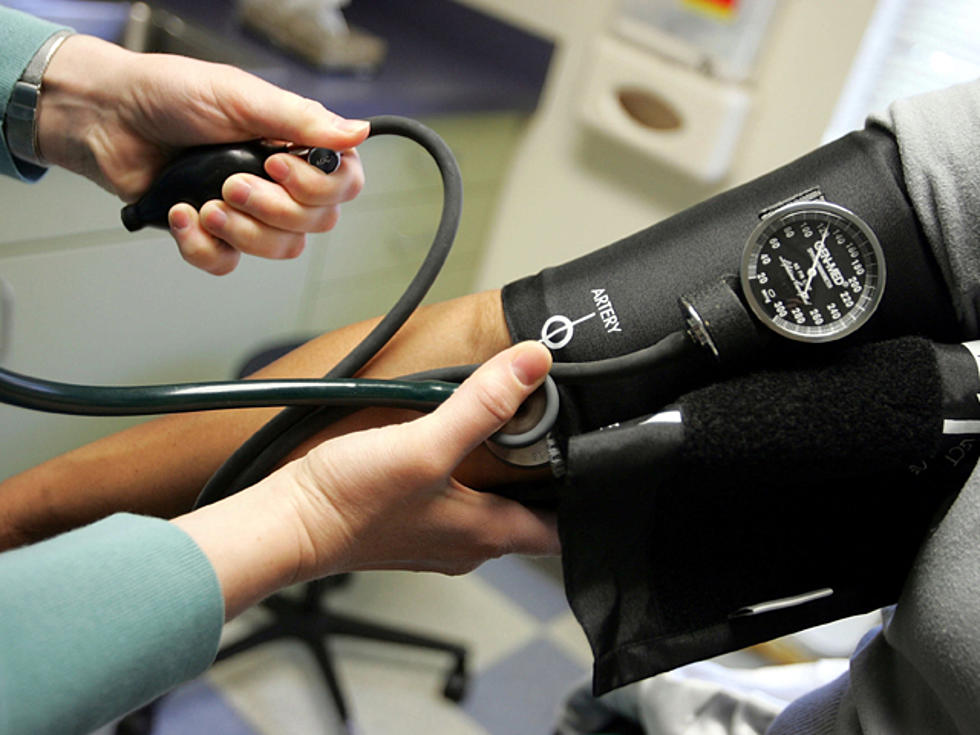
Study: Blood Pressure Should Be Taken in Both Arms
While blood pressure readings are typically done only in one arm, new research shows that differences in readings between a patient’s right and left arm could be a sign of vascular disease and a reveal a greater risk of dying from heart disease.
The study, published in The Lancet, suggests medical staff should always take blood pressure readings in both arms, something that is rarely ever done. Fewer than half of all doctors in Britain say they follow the recommendation, and experts believe numbers in the U.S. are likely the same.
Researchers’ own data and that from about two dozen other studies revealed that a seemingly-insignificant difference of 15 millimeters of mercury or more between systolic readings — the top number in blood pressure measurements — in the two arms meant the risk of peripheral vascular disease was two and a half times greater and the risk of cerebrovascular disease was 1.6 times higher. This difference between the two readings was also associated with a 70 percent greater risk of dying from heart disease.
Scientists believe different blood pressure readings in the two arms are a sign of the narrowing or hardening of arteries, particularly on one side of the body.
“If we don’t know to measure both arms, we’re not going to make the right diagnosis and the right treatment choices for our patients,” said lead study author Dr. Christopher Clark, a clinical academic fellow at the Peninsula College of Medicine and Dentistry in England. “If you measure an arm where the blood pressure is lower than the other arm, you may be falsely reassured that the blood pressure is normal or is being adequately treated, when in fact the blood pressure is still high.”




